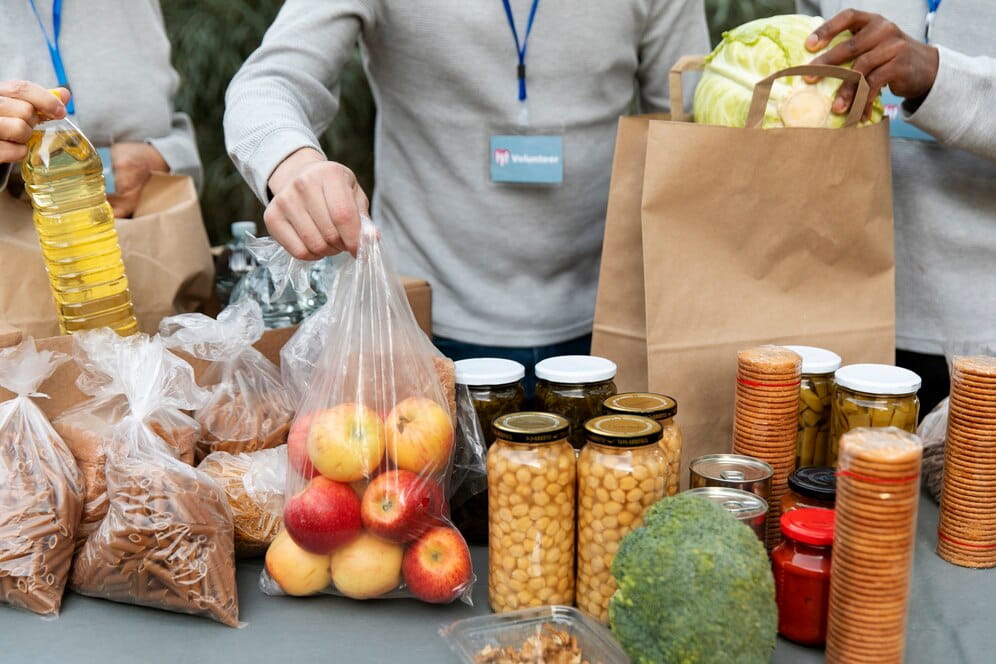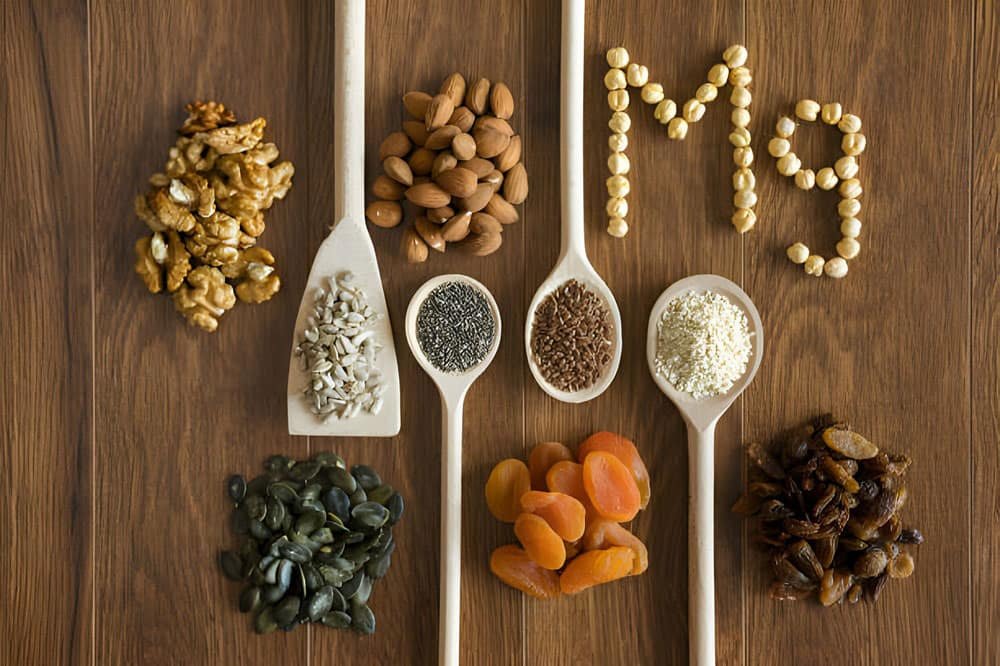Sprouts are a delicious and nutritious snack that can be enjoyed on their own or added to salads, sandwiches, and other dishes. Sprouts are also easy to make at home, so you can get your daily dose of vitamins and minerals in a convenient and affordable way.
What are Sprouts?
Sprouts are young plants that have just started to grow. They are made by soaking seeds, legumes, or grains in water for a few days. This process, called germination, makes the seeds more nutritious and easier to digest.
Sprouts are also a good source of fiber and antioxidants. Fiber helps to keep your digestive system healthy, while antioxidants help to protect your cells from damage.
Benefits of Eating Sprouts
Sprouts offer a number of health benefits, including:
- Improved digestion: Sprouts are a good source of fiber, which helps to keep your digestive system healthy. Fiber also helps to regulate blood sugar levels and reduce cholesterol levels.
- Increased nutrient absorption: Sprouting seeds makes the nutrients in them easier for your body to absorb. For example, the amount of vitamin C in broccoli sprouts is up to 100 times higher than the amount of vitamin C in mature broccoli.
- Boosts the immune system: Sprouts are a good source of antioxidants, which help to protect your cells from damage. Antioxidants also help to boost your immune system and fight off infection.
- Reduces the risk of chronic diseases: Sprouts have been shown to reduce the risk of developing chronic diseases such as heart disease, stroke, and cancer. For example, one study found that people who ate sprouts regularly had a 28% lower risk of developing heart disease than people who did not eat sprouts.
Specific Health Benefits of Different Types of Sprouts
- Broccoli sprouts: Broccoli sprouts are a good source of sulforaphane, a compound that has been shown to have anti-cancer properties.
- Alfalfa sprouts: Alfalfa sprouts are a good source of protein, fiber, and vitamins A, C, and K. They have also been shown to lower cholesterol levels and improve blood sugar control.
- Mung bean sprouts: Mung bean sprouts are a good source of protein, fiber, and vitamins A and C. They have also been shown to improve digestion and reduce inflammation.
- Lentil sprouts: Lentil sprouts are a good source of protein, fiber, and iron. They have also been shown to reduce cholesterol levels and improve blood sugar control.
- Chickpea sprouts: Chickpea sprouts are a good source of protein, fiber, and vitamins A, C, and K. They have also been shown to improve digestion and reduce inflammation.
How to Make Sprouts at Home?
Making sprouts at home is easy and affordable. All you need is a few basic supplies:
- A jar or container
- A sprouting lid or cheesecloth
- Seeds, legumes, or grains
The quantity of seeds, legumes, or grains that you need to sprout will depend on the type of seed and the size of the jar or container that you are using. In general, you should use enough seeds to fill the jar or container about 1/3 full. For example, if you are using a quart-sized jar, you would use about 1/2 cup of seeds.
Instructions:
- Rinse the seeds, legumes, or grains thoroughly. This is important to remove any dirt or bacteria that may be present on the seeds. Rinse the seeds in a colander under running water for at least 30 seconds.
- Place the seeds in a jar or container. Choose a jar or container that is large enough to hold the seeds and enough water to cover them by about 2 inches. Make sure that the jar or container has drainage holes in the bottom to allow the water to drain out.
- Add enough water to cover the seeds by about 2 inches. The seeds need to be able to absorb water in order to sprout. Make sure that the water is clean and at room temperature.
- Cover the jar or container with a sprouting lid or cheesecloth. A sprouting lid allows the air to circulate around the seeds while keeping them moist. You can also cover the jar with cheesecloth, but tie it tight so the seeds don’t fall out.
- Drain and rinse the seeds twice a day. This helps to remove any excess water and prevent the seeds from molding. To drain and rinse the seeds, simply pour the seeds and water into a colander. Rinse the seeds under running water for at least 30 seconds. Then, drain the seeds well and return them to the jar or container.
- Place the jar or container in a dark, cool place. Sprouts need darkness to germinate. A cool place will also help to prevent the sprouts from growing too quickly.
- The seeds should sprout within 3-5 days. The amount of time it takes for seeds to sprout will vary depending on the type of seed. For example, broccoli sprouts typically sprout within 3-4 days, while alfalfa sprouts typically sprout within 5-6 days.
- Once the seeds have sprouted, rinse them thoroughly and drain them well. It is important to rinse the sprouts thoroughly to remove any excess water and bacteria.
- Store the sprouts in the refrigerator for up to 5 days. Store sprouts in a clean, airtight container in the refrigerator. Sprouts will last for up to 5 days in the refrigerator.
Tips for making sprouts at home
- Use high-quality seeds, legumes, or grains.
- Rinse the seeds thoroughly before sprouting.
- Drain and rinse the seeds twice a day.
- Store the sprouts in the refrigerator for up to 5 days.
How to Eat Sprouts?
Sprouts can be eaten raw, cooked, or added to other dishes. Here are a few ideas:
- Salads: Sprouts can be added to any type of salad, including green salads, pasta salads, and potato salads. They add a crunchy texture and fresh flavor to any salad.
- Sandwiches and wraps: Sprouts can be added to any type of sandwich or wrap, including cucumber and tomato sandwiches, veg wraps. They add a nutritious and delicious boost to any sandwich or wrap.
- Soups: Sprouts can be used as a garnish for soups, they add a bright and colorful touch to any soup.
- Stir-fries: Sprouts can be stir-fried with vegetables and tofu for a quick and easy meal. They add a healthy and delicious punch to any stir-fry.
- Sprout salad: To make a sprout salad, simply combine sprouts with your favorite vegetables, such as cucumbers, tomatoes, and onions. Add a lemon juice, olive oil, and salt and pepper dressing and enjoy!
- Smoothies and juices: Sprouts can be added to smoothies and juices for a boost of nutrition. They add a slightly sweet and earthy flavor to any smoothie or juice.
If you are having trouble getting your seeds to sprout, here are a few tips:
- Make sure to use high-quality seeds.
- Rinse the seeds thoroughly before sprouting.
- Drain and rinse the seeds twice a day.
- Place the jar or container in a dark, cool place.
- If the seeds do not sprout within 3-5 days, try soaking them in water for 12-24 hours before sprouting.
Conclusion:
Making sprouts at home is a simple and rewarding way to add a nutritious and delicious snack to your diet. Sprouts are packed with vitamins, minerals, and antioxidants, and they can be enjoyed in a variety of ways. So why not give sprouting a try? It’s a great way to improve your health and enjoy the fresh taste of nature.











